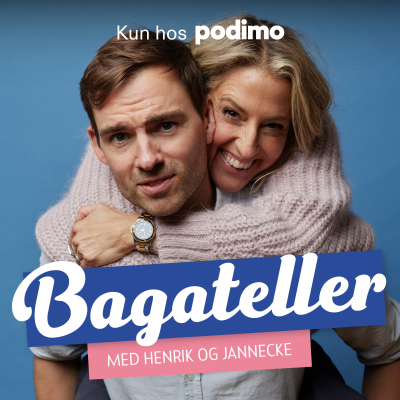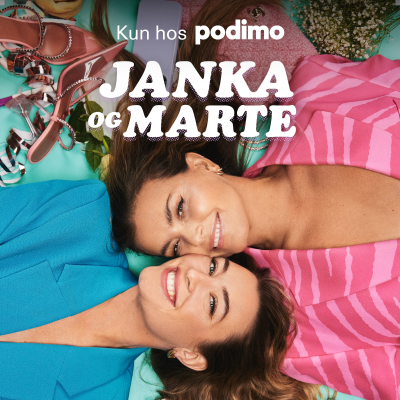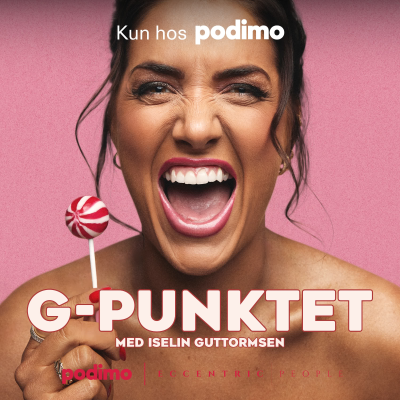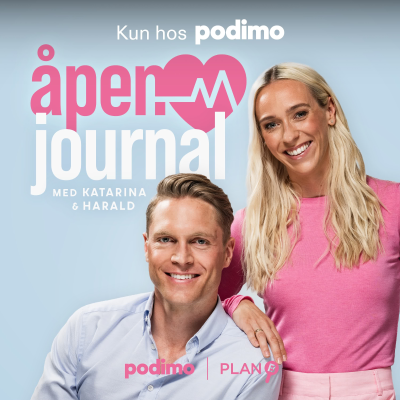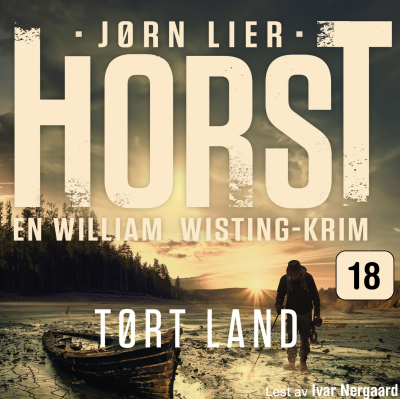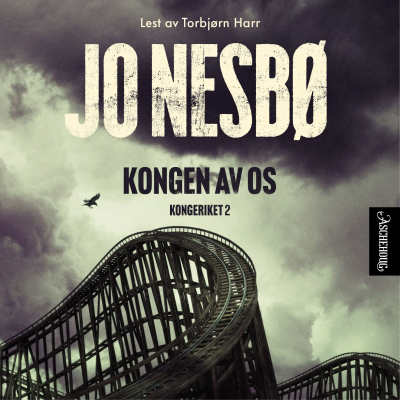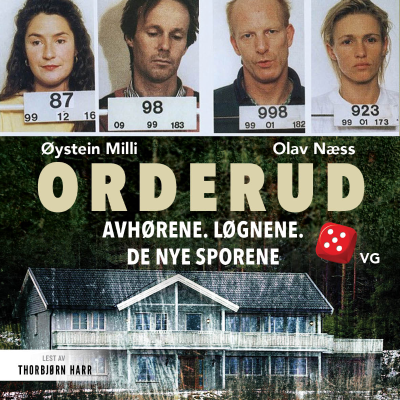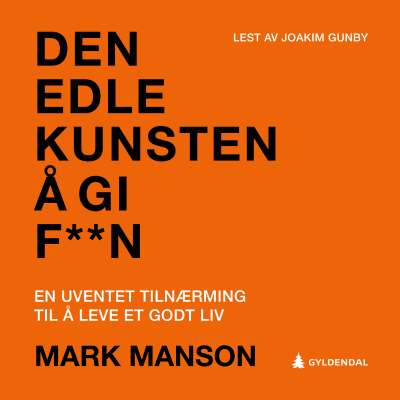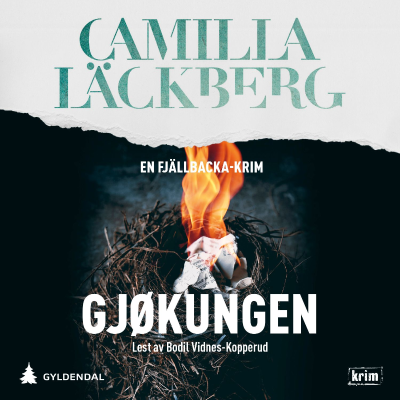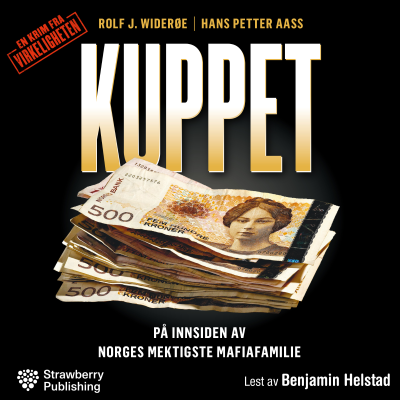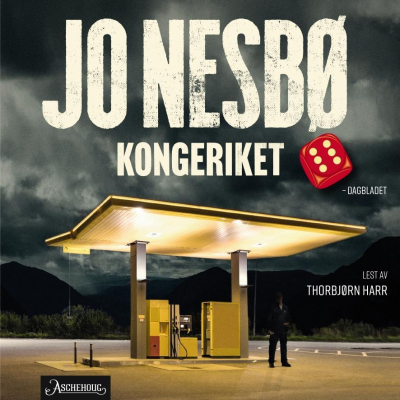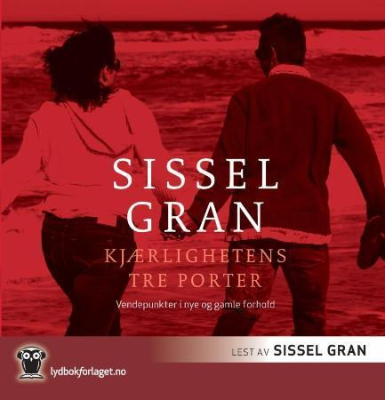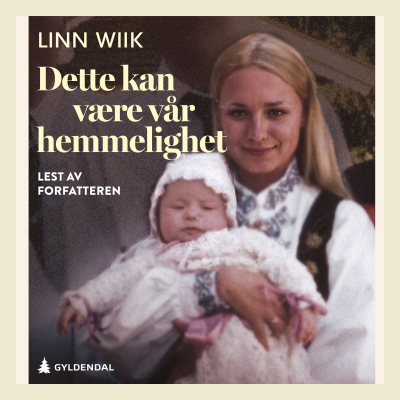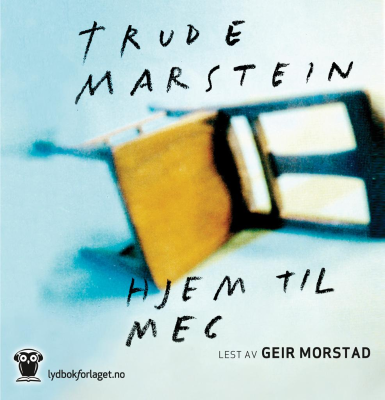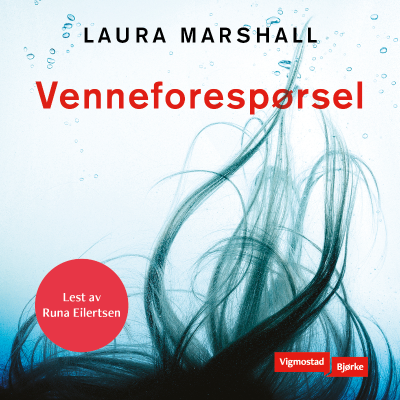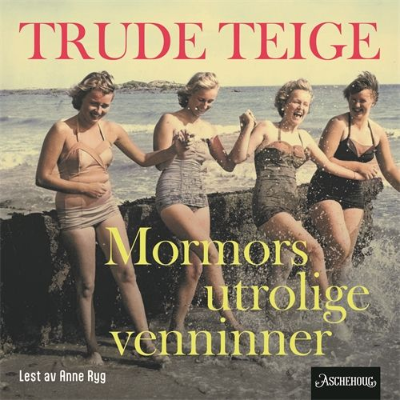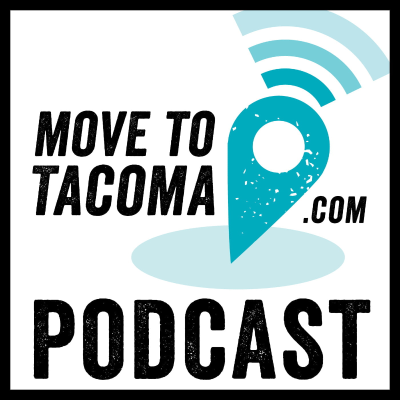
Move to Tacoma Podcast
engelsk
Personlige historier og samtaler
Tidsbegrenset tilbud
3 Måneder for 9 kr
Deretter 99 kr / MånedAvslutt når som helst.
- 20 timer lydbøker i måneden
- Eksklusive podkaster
- Gratis podkaster
Les mer Move to Tacoma Podcast
Tacoma Neighborhoods, Real Tacomans Tell Their Stories
Alle episoder
292 EpisoderThe Side Piece Kitchen Story with Hailey Hernandez | Move To Tacoma Podcast
Hailey Hernandez knows what it takes to survive and thrive in Tacoma’s restaurant scene. Born and raised in Washington, she worked for years in the restaurant industry before burning out on low wages, toxic environments, and exploitation. In 2022, with only $300 and a $2,400 payday loan, she and her husband Dante launched Sidepiece Kitchen out of a shared commissary space in South Tacoma. What started as a small hustle to pay the bills quickly became one of Tacoma’s most beloved local businesses. In this candid interview, Hailey shares the highs and lows of opening a restaurant in Tacoma without a business plan, big investors, or corporate backing. She talks about leveraging Instagram to connect directly with Tacoma locals, running successful grassroots fundraisers, and building out their South Tacoma brick-and-mortar location with their own hands. More than just biscuits, Sidepiece Kitchen lives their values: fair pay, health benefits, and community over profit. If you follow them online you know they’re not shy about standing up for what they believe in. Whether you’re dreaming about how to open a restaurant in Tacoma, Washington, or you just love a good underdog story, Hailey’s journey is a must-listen. The post The Side Piece Kitchen Story with Hailey Hernandez | Move To Tacoma Podcast [https://movetotacoma.com/podcasts/the-side-piece-kitchen-story-with-hailey-hernandez-move-to-tacoma-podcast/] appeared first on Move to Tacoma [https://movetotacoma.com].
Tacoma History & Intergenerational Resilience with Tacoma Author Tamiko Nimura
Tamiko Nimura’s book, “A Place for What We Lose: A Daughter’s Return to Tule Lake” centers on her father’s unpublished memoir about his family’s incarceration during WWII. The book contains a history she revisited during a difficult period in her life. Growing up in California, Nimura moved to Tacoma in 2004 and later learned about the city’s lost Japanese American community, which was forcibly removed in 1942. She emphasizes how racism and policies like Executive Order 9066 led to the displacement of over 700 Tacoma residents, most of whom lost their homes and businesses permanently. Resistance and Relevance Today Tamiko Nimura discusses Japanese American resistance to incarceration, including legal challenges, protests, and acts of cultural resilience, such as kite-flying contests in the camps. She draws parallels to current immigration detention policies, particularly the Northwest Detention Center in Tacoma, and stresses the need for collective action. Organizations like Tsuru for Solidarity and La Resistencia work to oppose these systems, and she encourages listeners to support them through education, donations, and political advocacy. Tamiko Nimura urges listeners to bear witness to suffering and engage in resistance, whether through protests, supporting marginalized communities, or preserving accurate histories. She highlights the importance of intergenerational storytelling and grassroots organizing, framing her book as both a personal tribute and a warning against repeating past injustices. New chat The post Tacoma History & Intergenerational Resilience with Tacoma Author Tamiko Nimura [https://movetotacoma.com/podcasts/history-intergenerational-resilience-with-tacoma-author-tamiko-nimura/] appeared first on Move to Tacoma [https://movetotacoma.com].
Tacoma History & Intergenerational Resilience with Tacoma Author Tamiko Nimura
Tamiko Nimura’s book, “A Place for What We Lose: A Daughter’s Return to Tule Lake” centers on her father’s unpublished memoir about his family’s incarceration during WWII. The book contains a history she revisited during a difficult period in her life. Growing up in California, Nimura moved to Tacoma in 2004 and later learned about the city’s lost Japanese American community, which was forcibly removed in 1942. She emphasizes how racism and policies like Executive Order 9066 led to the displacement of over 700 Tacoma residents, most of whom lost their homes and businesses permanently. Resistance and Relevance Today Tamiko Nimura discusses Japanese American resistance to incarceration, including legal challenges, protests, and acts of cultural resilience, such as kite-flying contests in the camps. She draws parallels to current immigration detention policies, particularly the Northwest Detention Center in Tacoma, and stresses the need for collective action. Organizations like Tsuru for Solidarity and La Resistencia work to oppose these systems, and she encourages listeners to support them through education, donations, and political advocacy. Tamiko Nimura urges listeners to bear witness to suffering and engage in resistance, whether through protests, supporting marginalized communities, or preserving accurate histories. She highlights the importance of intergenerational storytelling and grassroots organizing, framing her book as both a personal tribute and a warning against repeating past injustices. New chat The post Tacoma History & Intergenerational Resilience with Tacoma Author Tamiko Nimura [https://the-staging.movetotacoma.com/podcasts/history-intergenerational-resilience-with-tacoma-author-tamiko-nimura/] appeared first on Move to Tacoma [https://the-staging.movetotacoma.com].
Growing Up in Tacoma’s Eastside Neighborhood with Silong Chhun
Silong Chhun moved to Tacoma as a two-year-old Cambodian refugee. In this interview on the Move to Tacoma Podcast Silong recounts his upbringing on the Eastside. Tacoma’s Eastside is a place of deep community and cultural richness. He shares memories of growing up in low-income housing, where families relied on each other for support, and highlights the role of places like Tacoma Community House in helping refugees adapt. Despite challenges, Silong emphasizes the strong sense of belonging and the vibrant mix of immigrant-owned businesses, food spots, and community gatherings that define the area. He discusses how the Eastside has evolved, noting improvements like Swan Creek Park’s development while acknowledging ongoing struggles with disinvestment. Silong reflects on the neighborhood’s resilience, where residents historically relied on each other rather than institutions, and how this fostered a unique, self-sufficient culture. He also addresses gentrification concerns, stressing the need for economic opportunities without displacing long-time residents, and celebrates the area’s diversity, from its multilingual grocery stores to its weekend swap meets. Silong invites listeners to engage with his community and explore Tacoma’s Eastside. Whether for its hiking trails, thrift stores, or some of Tacoma’s best Mexican food. He underscores the importance of knowing your neighbors and supporting local businesses, sharing his vision for a thriving but authentic Eastside. New chat The post Growing Up in Tacoma’s Eastside Neighborhood with Silong Chhun [https://movetotacoma.com/podcasts/growing-up-in-tacomas-eastside-neighborhood-with-silong-chhun/] appeared first on Move to Tacoma [https://movetotacoma.com].
Growing Up in Tacoma’s Eastside Neighborhood with Silong Chhun
Silong Chhun moved to Tacoma as a two-year-old Cambodian refugee. In this interview on the Move to Tacoma Podcast Silong recounts his upbringing on the Eastside. Tacoma’s Eastside is a place of deep community and cultural richness. He shares memories of growing up in low-income housing, where families relied on each other for support, and highlights the role of places like Tacoma Community House in helping refugees adapt. Despite challenges, Silong emphasizes the strong sense of belonging and the vibrant mix of immigrant-owned businesses, food spots, and community gatherings that define the area. He discusses how the Eastside has evolved, noting improvements like Swan Creek Park’s development while acknowledging ongoing struggles with disinvestment. Silong reflects on the neighborhood’s resilience, where residents historically relied on each other rather than institutions, and how this fostered a unique, self-sufficient culture. He also addresses gentrification concerns, stressing the need for economic opportunities without displacing long-time residents, and celebrates the area’s diversity, from its multilingual grocery stores to its weekend swap meets. Silong invites listeners to engage with his community and explore Tacoma’s Eastside. Whether for its hiking trails, thrift stores, or some of Tacoma’s best Mexican food. He underscores the importance of knowing your neighbors and supporting local businesses, sharing his vision for a thriving but authentic Eastside. New chat The post Growing Up in Tacoma’s Eastside Neighborhood with Silong Chhun [https://the-staging.movetotacoma.com/podcasts/growing-up-in-tacomas-eastside-neighborhood-with-silong-chhun/] appeared first on Move to Tacoma [https://the-staging.movetotacoma.com].
Velg abonnementet ditt
Tidsbegrenset tilbud
Premium
20 timer lydbøker
Eksklusive podkaster
Gratis podkaster
Avslutt når som helst
3 Måneder for 9 kr
Deretter 99 kr / Måned
Premium Plus
100 timer lydbøker
Eksklusive podkaster
Gratis podkaster
Avslutt når som helst
Prøv gratis i 14 dager
Deretter 169 kr / måned
3 Måneder for 9 kr. Deretter 99 kr / Måned. Avslutt når som helst.


